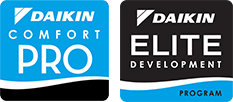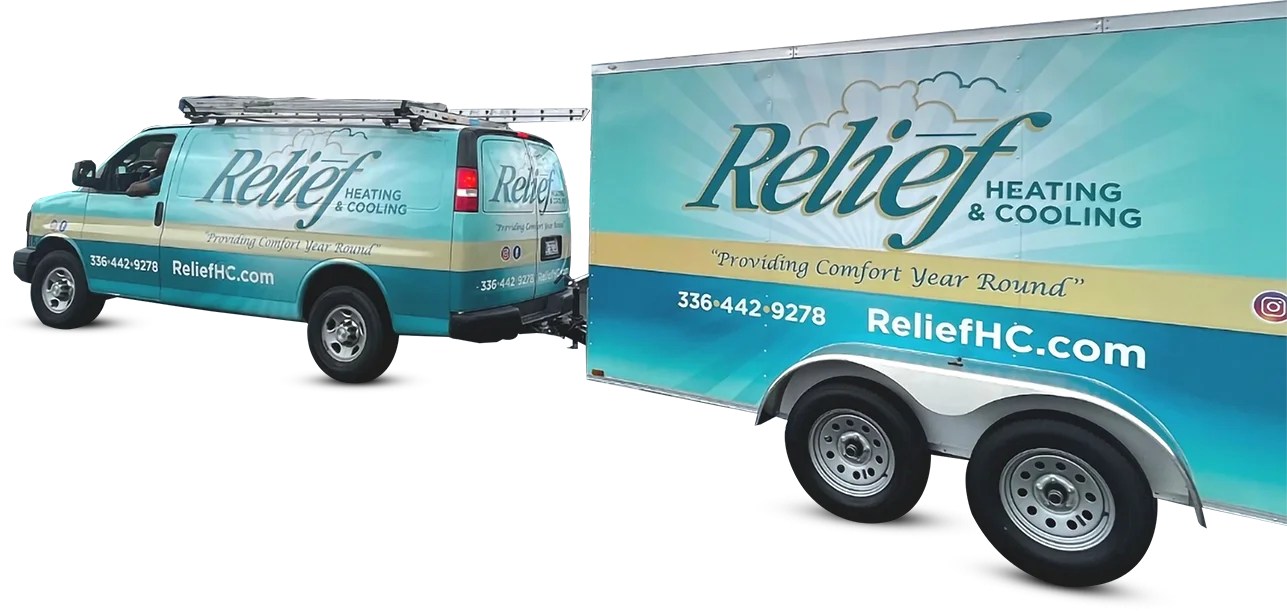Pages
- About Us
- AC Installation In Greensboro, NC
- AC Repair In Greensboro, NC
- AC Repair In Winston Salem, NC
- AC Replacement in Greensboro, NC
- AC Replacement In Greensboro, NC
- Accessibility Statement
- Air Conditioning Service In Greensboro, NC
- Air Conditioning Service In Winston-Salem, NC
- Air Conditioning Services In Winston-Salem, NC
- Apply Now
- Areas Served
- Career
- Commercial HVAC Service In Greensboro, NC
- Contact Us
- Daikin AC In Kernersville, NC
- Daikin AC In Winston-Salem, NC
- Daikin Ductless
- Daikin FIT
- Daikin Furnace
- Daikin Heat Pumps
- Daikin Inverter Air Conditioners
- Daikin Mini Split In Greensboro, NC
- Daikin Mini Split in Kernersville, NC
- Daikin Mini Split in Winston-Salem, NC
- Daikin Package Units
- Daikin Rebates In Greensboro, NC
- Daikin VRV
- Dryer Vent Cleaning In Greensboro, NC
- Duct Cleaning In Greensboro, NC
- Duct Cleaning In Winston Salem, NC
- Duct Cleaning Services in Greensboro, NC
- Ductless Air Conditioning In Greensboro, NC
- Ductless HVAC Services In Greensboro, NC
- Ductwork In Greensboro, NC
- Furnace Repair in Winston-Salem, NC
- Gallery
- Greensboro
- Guarantees & Assurances
- Heat Pump Installation In Greensboro, NC
- Heat Pump Rebates In Winston Salem, NC
- Heat Pump System Repair in Greensboro, NC
- Heating Installation in Greensboro, NC
- Heating Installation In Winston Salem, NC
- Heating Repair in Greensboro, NC
- Heating Repair In Winston Salem, NC
- Heating Service In Greensboro, NC
- Heating Service in Winston-Salem, NC
- Heating Services In Greensboro, NC
- High Point
- Home
- Home Heating | Furnace Repair In Greensboro, NC
- HVAC Blog
- HVAC Companies In Greensboro, NC
- HVAC Companies In Winston Salem, NC
- HVAC FAQs
- HVAC Financing In Greensboro, NC
- HVAC Resources In Greensboro, NC
- HVAC Service In Greensboro, NC
- HVAC Service In Winston Salem, NC
- HVAC Terminology
- HVAC Troubleshooter
- IAQ Brochure
- Indoor Air Quality In Greensboro, NC
- Insulation In Greensboro, NC
- Mini Split Air Conditioner In Greensboro, NC
- New AC System | Replacement AC System In Greensboro, NC
- New Heating System | New Furnace In Greensboro, NC
- Other HVAC Services In Greensboro, NC
- Packaged Heating & Cooling System | Packaged HVAC Unit In Greensboro, NC
- Piedmont Triad
- Privacy Policy
- Relief Heating and Cooling, LLC Comfort Club In Greensboro, NC
- Relief Heating and Cooling, LLC Services
- Residential HVAC Service In Greensboro, NC
- Reviews
- schedule button
- Schedule HVAC Service
- Seer Calculator
- Shop
- Web Specials
- Who We Serve In Greensboro, NC
- Whole-House Dehumidifier In Greensboro, NC
- Whole-House Humidifier In Greensboro, NC
- Whole-House Zone Control In Greensboro, NC





